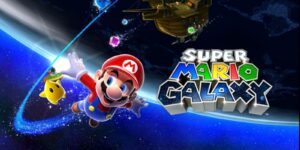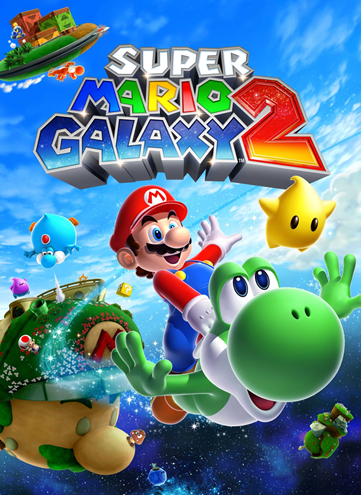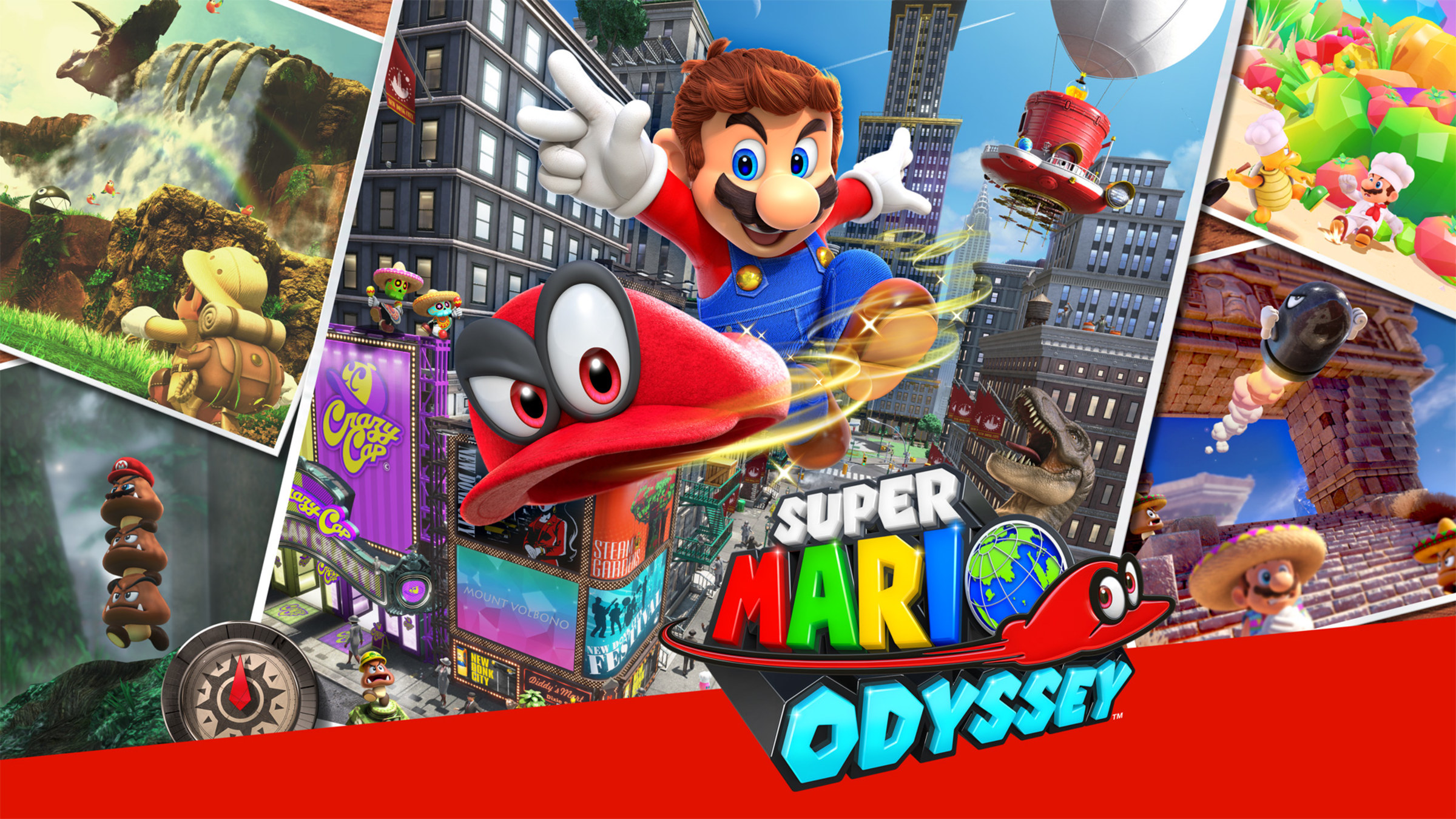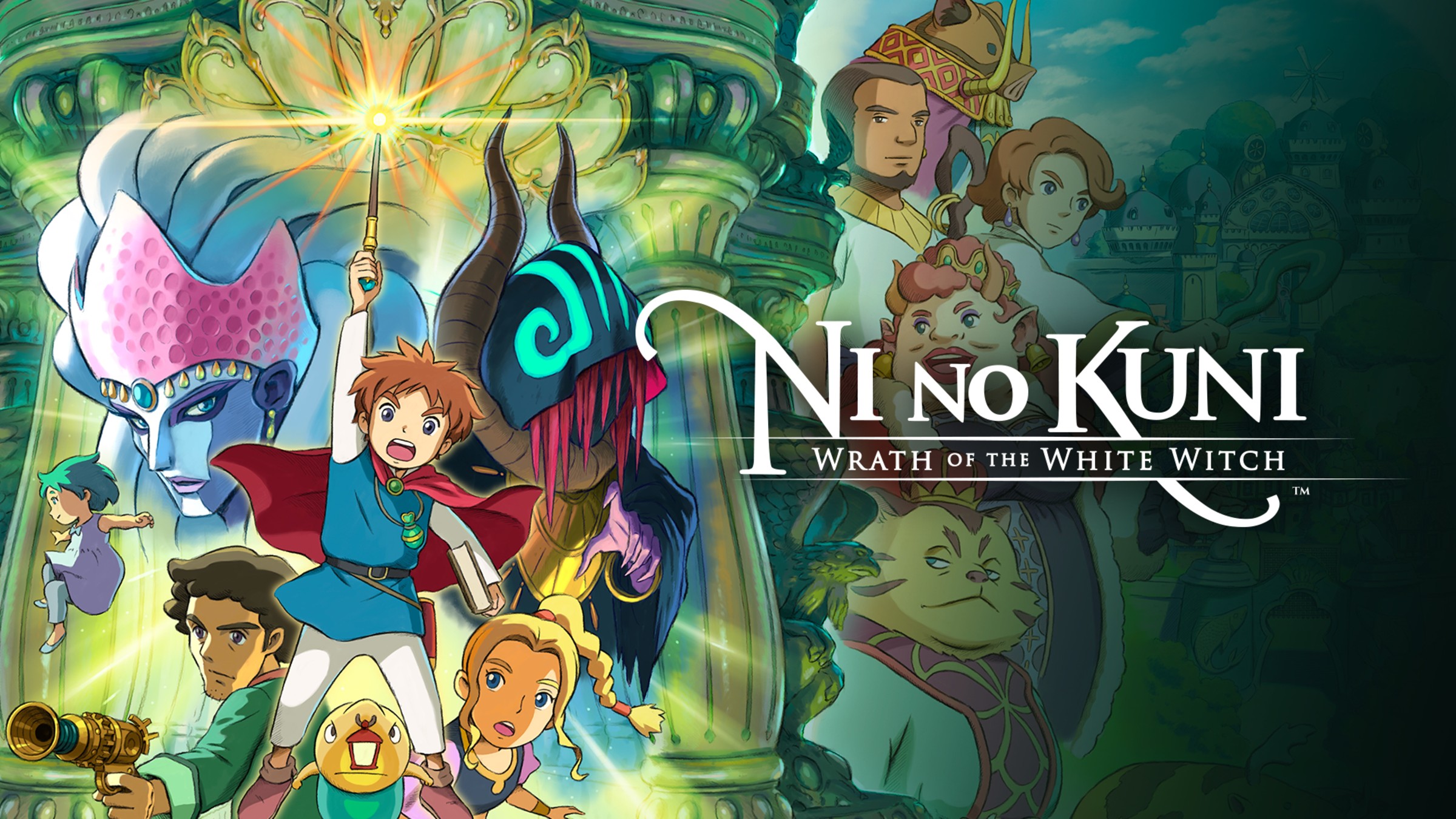Super Mario Galaxy
Exploring the Universe of Super Mario Galaxy
Introduction
Super Mario Galaxy, released in 2007 for the Nintendo Wii, marked a significant milestone in the iconic Super Mario series. Developed and published by Nintendo, the game introduced players to a whole new dimension of gameplay set in space. With its innovative mechanics, captivating storyline, and breathtaking visuals, Super Mario Galaxy quickly captured the hearts of both casual gamers and dedicated fans of the franchise.
The game’s success was no surprise, given Nintendo’s reputation for delivering high-quality and engaging gaming experiences. Super Mario Galaxy received widespread acclaim from critics and players alike, solidifying its position as one of the best-selling titles for the Wii console. Its impact on the gaming industry was profound, inspiring future game developers to push the boundaries of creativity and innovation in game design.
Gameplay Mechanics
Super Mario Galaxy revolutionized the platformer genre with its unique gameplay mechanics. One of the standout features of the game was the use of gravity. Players navigated through a series of galaxies, each with its own gravitational pull, allowing Mario to leap between planets and celestial objects effortlessly. This mechanic added a new layer of depth to the classic platforming gameplay, challenging players to think in three dimensions.
The game also introduced the use of power-ups called “Luma” that granted Mario special abilities, such as turning into a bee or a ghost. These power-ups enhanced the gameplay experience and offered new ways to overcome obstacles and solve puzzles. Additionally, Super Mario Galaxy incorporated motion controls enabled by the Wii Remote, allowing players to perform precise actions like aiming Star Bits or making Mario spin in mid-air.
Storyline and Characters
In Super Mario Galaxy, the storyline takes Mario on a quest to rescue Princess Peach from the clutches of Bowser, who has once again kidnapped her and taken her to the center of the universe. Along the way, Mario encounters Rosalina, a powerful cosmic entity who guides him on his journey and reveals the tragic backstory of the Lumas.
Rosalina’s tale adds a layer of emotional depth to the game, exploring themes of loss, hope, and the enduring power of friendship. The diverse cast of characters, including familiar faces like Luigi and Toad, as well as new allies and adversaries, enriches the narrative and creates a vibrant and immersive world for players to explore.

Worlds and Levels
Super Mario Galaxy features a diverse range of worlds and levels, each with its own distinct environment and challenges. From lush tropical galaxies to icy tundras and fiery volcanoes, the game offers a rich variety of settings for players to traverse. Each world is populated with unique enemies, obstacles, and puzzles that test the player’s platforming skills and creativity.
One of the standout levels in Super Mario Galaxy is the Good Egg Galaxy, where players are introduced to the game’s core mechanics and gameplay elements. Other notable worlds include the Toy Time Galaxy, which features a playful toy-themed environment, and the Dusty Dune Galaxy, where players navigate treacherous sand dunes and ancient ruins. The diverse range of worlds ensures that players remain engaged and challenged throughout their cosmic adventure.
Graphics and Soundtrack
Visually, Super Mario Galaxy is a masterpiece of design, with vibrant colors, detailed textures, and imaginative character designs that bring the game world to life. The game’s graphics are complemented by a dynamic soundtrack composed by Mahito Yokota and Koji Kondo, known for their work on previous Mario titles. The orchestral score blends sweeping melodies, upbeat rhythms, and ambient sounds to create an immersive audio experience that enhances the gameplay and storytelling.
The attention to detail in the graphics and soundtrack enhances the overall atmosphere of Super Mario Galaxy, transporting players to a whimsical and enchanting universe filled with wonder and adventure. The seamless integration of visuals and music is a testament to Nintendo’s commitment to creating immersive and memorable gaming experiences.
Critic Reviews
Super Mario Galaxy received widespread critical acclaim upon its release, earning praise for its innovative gameplay, creative level design, and charming storytelling. The game’s seamless integration of 3D platforming and gravity mechanics was particularly well-received, with critics lauding its intuitive controls and dynamic gameplay. The storyline, characters, and immersive world-building were also highlighted as standout features that set Super Mario Galaxy apart from other platformers.
Critics praised the game’s visual presentation, noting its colorful graphics, fluid animations, and attention to detail in the character and world design. The orchestrated soundtrack was another point of praise, with reviewers commending its cinematic quality and emotional resonance. Overall, Super Mario Galaxy was celebrated as a groundbreaking title that set a new standard for platforming games and cemented Mario’s status as a gaming icon.




